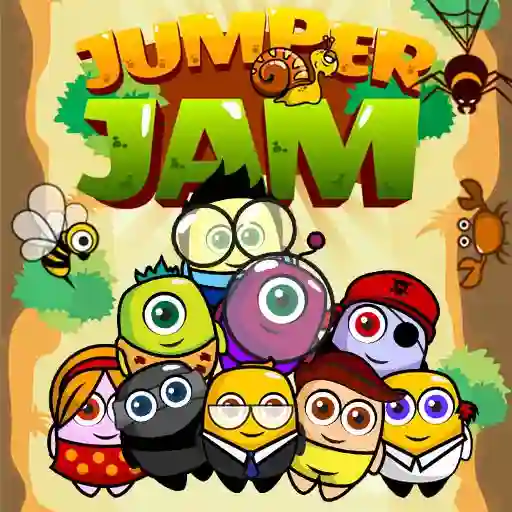































Jumping games are a popular category of platformers that emphasize jumping mechanics as a core gameplay element. Players control a character that can jump to navigate through levels, collect items, or avoid obstacles. These games often feature side-scrolling or vertical scrolling levels, with precise timing and reflexes being key to success.
Key features of jumping games include: • Precision jumping: Players must time jumps perfectly to avoid falling or hitting enemies. • Platforming challenges: Levels are designed with platforms, gaps, and obstacles that require strategic jumping. • Power-ups and upgrades: Many games include items that enhance jumping ability or provide temporary advantages. • Varied environments: Levels may take place in diverse settings, such as forests, cities, or futuristic worlds. • Simple controls: Gameplay typically revolves around a single jump button, though some games offer double jumps or special moves.
Jumping games are accessible across all skill levels, from casual players to hardcore gamers, and are available on consoles, PCs, and mobile devices. Subgenres include endless jumpers, precision platformers, and auto-runners, each offering a unique twist on the core jumping mechanic.
What defines a jumping game?
A jumping game is defined by its focus on jumping as the primary movement mechanic. Players must use jumping to progress through levels, avoid hazards, and interact with the environment.
What is the main objective in most jumping games?
The main objective is often to reach the end of a level, collect items, or achieve a high score. Some games also feature additional goals, such as rescuing characters or defeating bosses.
Do all jumping games require precise timing?
While many jumping games emphasize precision, some are more relaxed and focus on casual gameplay. For example, auto-runners automatically move the character, requiring only timing for jumps and obstacles.